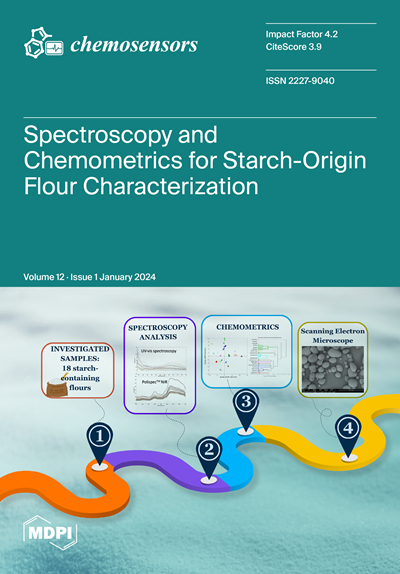Design of DNA-Based Artificial Transmembrane Channels for Biosensing and Biomedical Applications
IF 3.7
3区 工程技术
Q2 CHEMISTRY, ANALYTICAL
引用次数: 0
Abstract
Biomolecular channels on the cell membrane are essential for transporting substances across the membrane to maintain cell physiological activity. Artificial transmembrane channels used to mimic biological membrane channels can regulate intra/extracellular ionic and molecular homeostasis, and they elucidate cellular structures and functionalities. Due to their program design, facile preparation, and high biocompatibility, DNA nanostructures have been widely used as scaffolds for the design of artificial transmembrane channels and exploited for ionic and molecular transport and biomedical applications. DNA-based artificial channels can be designed from two structural modules: DNA nanotubes/nanopores as transport modules for mass transportation and hydrophobic segments as anchor modules for membrane immobilization. In this review, various lipophilic modification strategies for the design of DNA channels and membrane insertion are outlined. Several types of DNA transmembrane channels are systematically summarized, including DNA wireframe channels, DNA helix bundle channels, DNA tile channels, DNA origami channels, and so on. We then discuss efforts to exploit them in biosensor and biomedical applications. For example, ligand-gated and environmental stimuli-responsive artificial transmembrane channels have been designed for transmembrane signal transduction. DNA-based artificial channels have been developed for cell mimicry and the regulation of cell behaviors. Finally, we provide some perspectives on the challenges and future developments of artificial transmembrane channel research in biomimetic science and biomedical applications.生物传感和生物医学应用中基于dna的人工跨膜通道的设计
细胞膜上的生物分子通道是维持细胞生理活性的重要通道。人工跨膜通道用于模拟生物膜通道,可以调节细胞内/细胞外离子和分子的稳态,并阐明细胞的结构和功能。由于其程序设计、制备方便、生物相容性高等特点,DNA纳米结构已被广泛用作人工跨膜通道设计的支架,并被用于离子和分子的运输和生物医学应用。基于DNA的人工通道可以由两个结构模块设计:DNA纳米管/纳米孔作为质量运输的运输模块和疏水段作为膜固定的锚定模块。本文综述了用于DNA通道设计和膜插入的各种亲脂修饰策略。系统总结了DNA跨膜通道的几种类型,包括DNA线框通道、DNA螺旋束通道、DNA瓦片通道、DNA折纸通道等。然后我们讨论了在生物传感器和生物医学应用中开发它们的努力。例如,配体门控和环境刺激响应的人工跨膜通道已被设计用于跨膜信号转导。基于dna的人工通道已被开发用于细胞模拟和细胞行为调控。最后,对人工跨膜通道研究在仿生科学和生物医学应用中的挑战和未来发展进行了展望。
本文章由计算机程序翻译,如有差异,请以英文原文为准。
求助全文
约1分钟内获得全文
求助全文
来源期刊

Chemosensors
Chemistry-Analytical Chemistry
CiteScore
5.00
自引率
9.50%
发文量
450
审稿时长
11 weeks
期刊介绍:
Chemosensors (ISSN 2227-9040; CODEN: CHEMO9) is an international, scientific, open access journal on the science and technology of chemical sensors published quarterly online by MDPI.The journal is indexed in Scopus, SCIE (Web of Science), CAPlus / SciFinder, Inspec, Engineering Village and other databases.
 求助内容:
求助内容: 应助结果提醒方式:
应助结果提醒方式:


